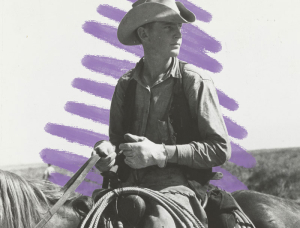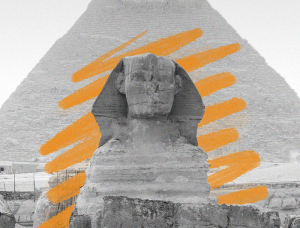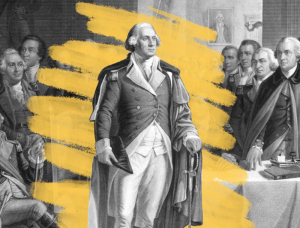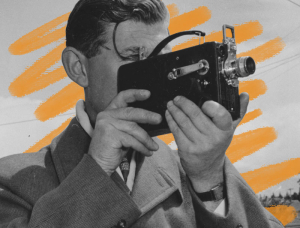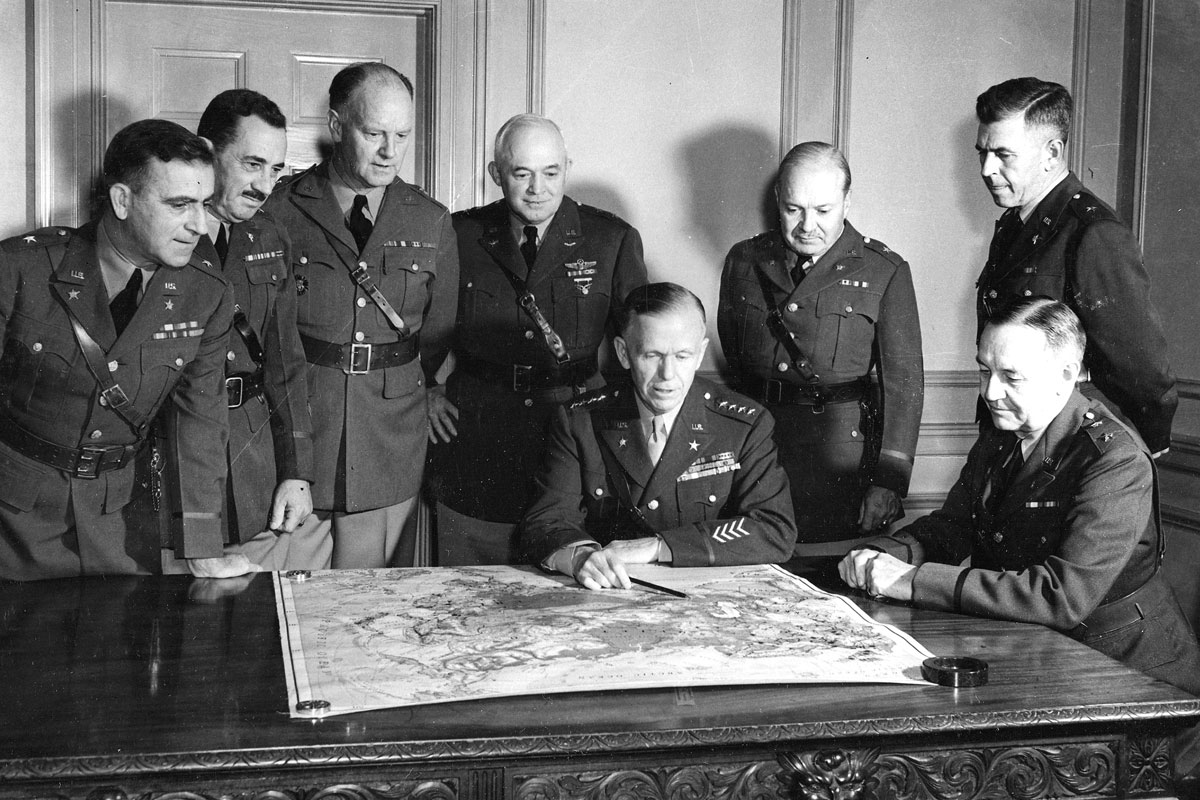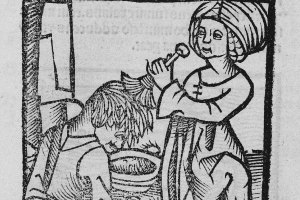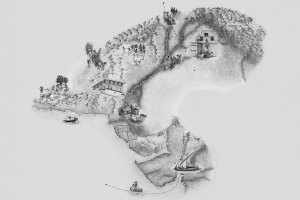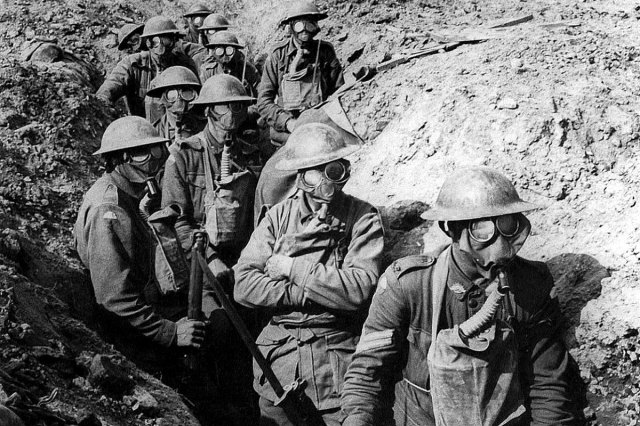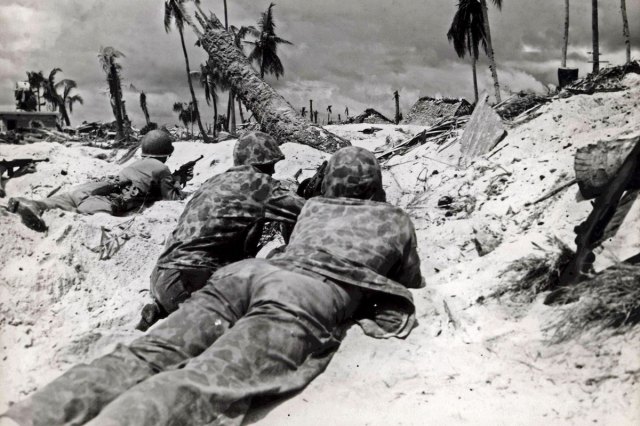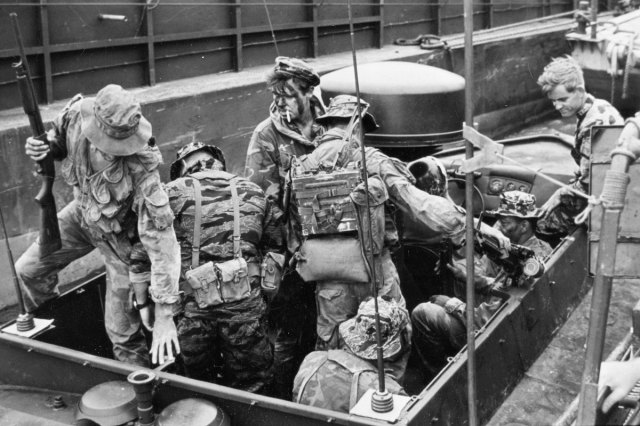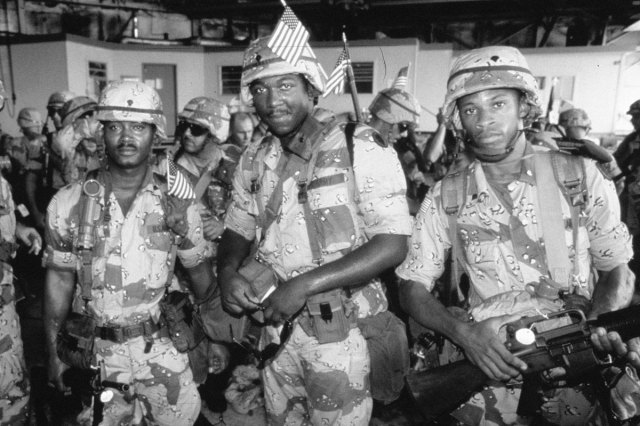7 Fascinating Features of U.S. Military Uniforms
Military uniforms serve a multifaceted purpose for the people who wear them: They forge a feeling of cohesion and present a unified front in battle, while also leaving room for individual identification of rank and accomplishments by way of specific clothing, insignias, and medals.
While few would dispute the importance of uniforms being, well, uniform, military dress rarely remains constant for long. Changing technology, strategy, and fashion all dictate the regular reevaluation and updating of attire. Here’s a snapshot of how such changes have manifested across the U.S. military during the major conflicts that pushed the country’s uniformed personnel into the spotlight.
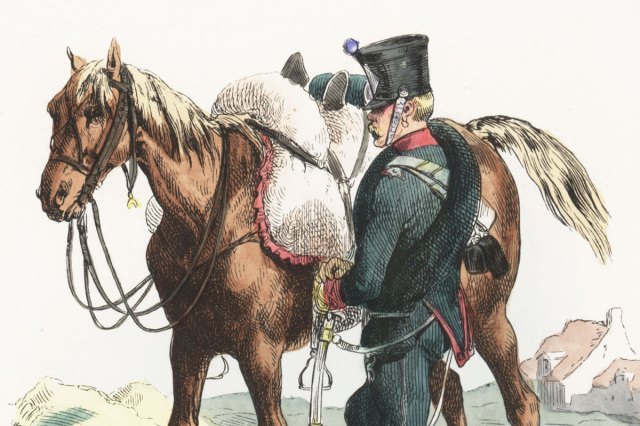
War of 1812: Shakos
Following the mostly hodgepodge attire that comprised the Continental Army uniforms for much of the American Revolution, the U.S. Army largely managed to present a more organized and formal presence for the War of 1812. Among the notable uniform components was the shako, a tall, cylindrical cap that was produced from felt at the start of the war but eventually switched to the “tombstone” leather model to better withstand harsh weather conditions.
Not every fighting division adopted this type of headgear, but there were telltale differences to be found among those that did. The regular infantry version was marked by a white plume and a cap plate made of white metal, for example, while the light artillery division wore shakos festooned with a large yellow metal cap plate, yellow cords, and a green plume.
